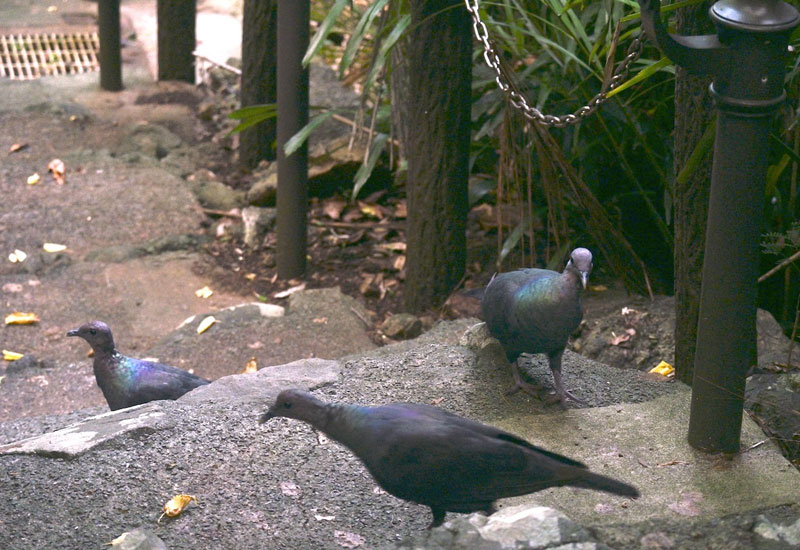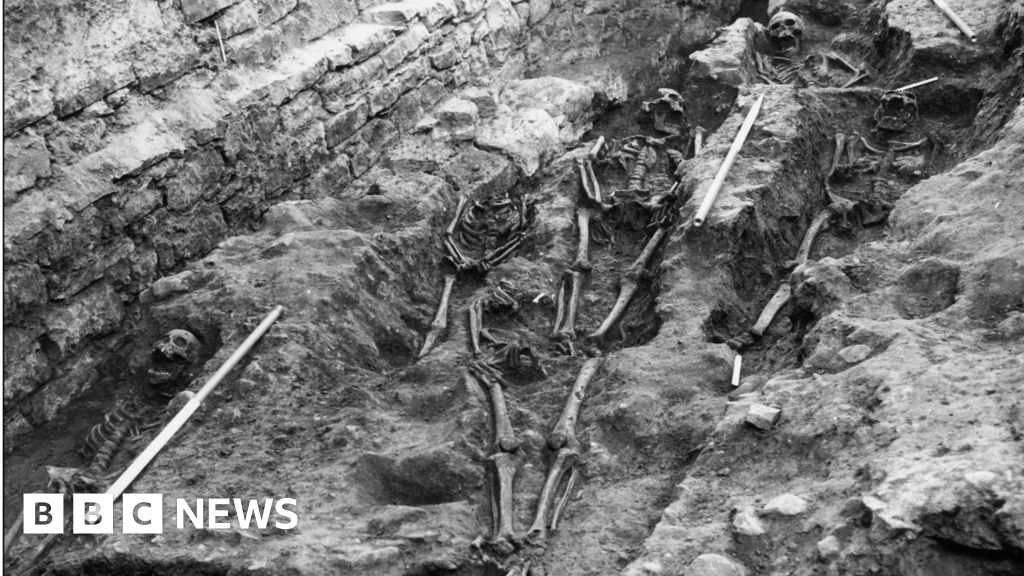For decades, the remote Ogasawara Islands—a UNESCO World Heritage Site located about 1,000 kilometers south of Tokyo—have served as a cautionary tale about the fragility of island ecosystems. Human settlement, deforestation, and invasive species have chipped away at the region’s unique biodiversity, placing several native species on the brink of extinction. Among the most threatened: the Columba janthina nitens, or red-headed wood pigeon, a bird found nowhere else in the world.
By 2008, its numbers had plummeted to fewer than 80 individuals. The sharp decline was driven not only by shrinking habitat, but also by an unexpected predator: feral cats. Introduced over decades, the cats became a relentless threat to nesting birds. While removing them was seen as a necessary conservation step, few anticipated the scale—or speed—of the ecosystem’s response.

Within three years of a cat eradication campaign, the pigeon population rebounded dramatically. But the most surprising development wasn’t ecological—it was genetic. New research suggests this highly inbred species may have purged many harmful mutations over centuries of isolation, offering rare insight into how small populations can survive against the odds.
A Conservation Gamble Pays Off
Between 2010 and 2013, conservation teams on Chichijima—one of the main islands in the Ogasawara chain—captured and removed 131 feral cats. The goal was to reduce predation pressure on the endangered pigeon, whose population had dropped despite existing protections. The results were immediate: adult pigeon numbers rose from 111 to 966, and juvenile counts jumped from 9 to 189, according to data published in Communications Biology.
This kind of recovery is rare among species with isolated, low-diversity populations. Typically, such populations suffer from inbreeding depression, where harmful mutations accumulate and reduce survival and reproductive success. In many cases, removing external threats like predators or habitat loss is not enough to reverse a downward spiral once genetic decline sets in.

But the red-headed wood pigeon appears to be an exception. Genomic sequencing has shown that, despite high levels of inbreeding, the birds carry relatively few nonsense mutations—genetic changes that disrupt protein function and typically reduce fitness.
Purging the Genetic Load
A team from Kyoto University led the study, sequencing genomes from wild and captive red-headed wood pigeons, and comparing them with a related, more genetically diverse subspecies: the Japanese wood pigeon (Columba janthina janthina). Despite being more inbred, the island pigeons carried fewer mutations associated with serious fitness costs.
This phenomenon, known as genetic purging, occurs when small populations gradually eliminate deleterious mutations through natural selection. Over centuries of isolation and low population size, harmful alleles may have been systematically removed from the gene pool. The result: a population with low diversity, but also reduced genetic load.

“Most conservation models assume small populations are always vulnerable due to genetic deterioration,” said Dr. Daichi Tsujimoto, lead author of the study. “But what we found suggests that, under certain long-term conditions, small populations can actually adapt to survive.”
The research revealed that more than 80% of the island pigeon genome is homozygous—a level typically associated with high extinction risk. Yet these pigeons showed no significant signs of inbreeding depression. In captivity, individuals with higher inbreeding coefficients lived as long—or longer—than their less inbred counterparts.
A Broader Pattern Among Island Survivors
The red-headed wood pigeon is not alone in its resilience. Similar patterns have emerged in other island species, such as the island fox (Urocyon littoralis) and the northern elephant seal (Mirounga angustirostris). Both recovered from near-extinction with little evidence of inbreeding-related fitness declines.

Still, experts say caution is warranted. “Purging isn’t a universal solution,” said Dr. Cock van Oosterhout, a population geneticist at the University of East Anglia who studies genetic load in endangered species. “Some small populations can purge, others cannot. It depends on historical dynamics, generation times, and the type of mutations involved.”
And while the red-headed wood pigeons appear genetically stable today, the long-term outlook is less certain. The study’s authors note that low diversity could hamper adaptation to new threats, including emerging diseases or climate-driven habitat changes. Similar concerns have been raised about the Seychelles paradise flycatcher, which faces risks despite undergoing genetic purging.
Source link


